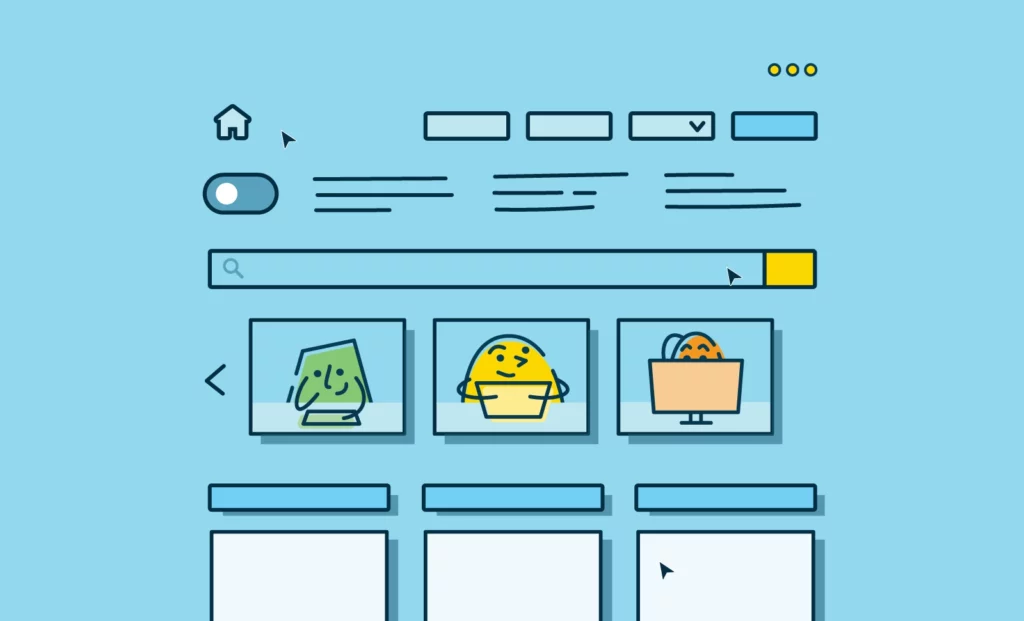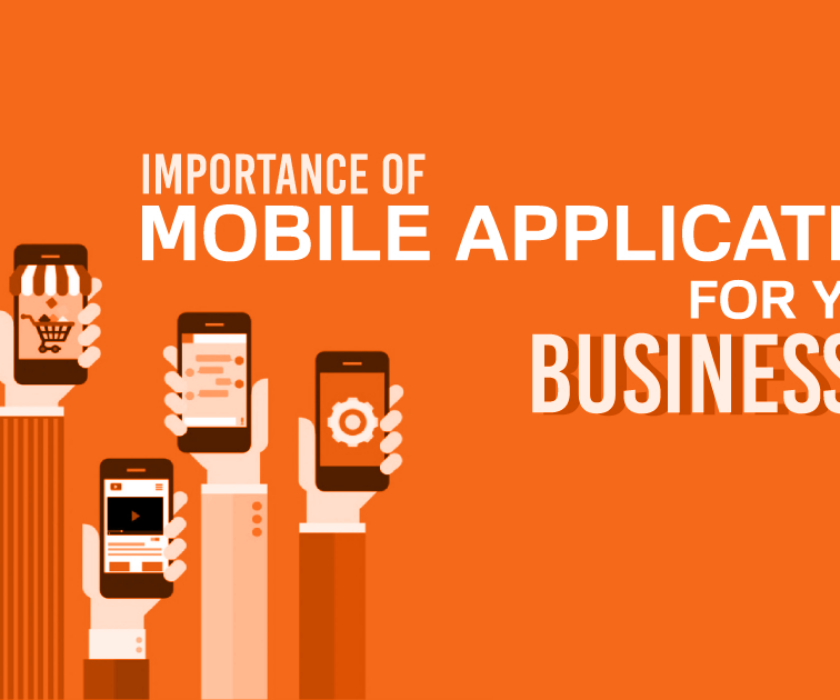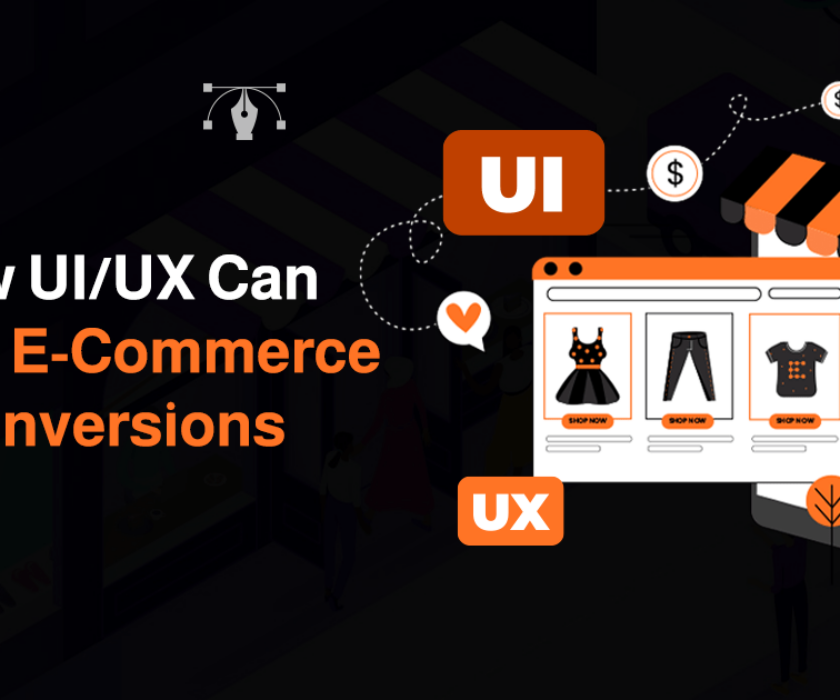As a UX designer, your primary goal is to create seamless and user-friendly experiences. However, there’s one huge mistake that could cost you your job: listening only to your client.
No, wait, hear us out…
There is no denying that delivering what your client wants is important, as is client satisfaction. However, it’s crucial that you, as the UX designer, prioritize the needs and preferences of the end-users throughout the entire design process.
With an eye (and ear) only on your client’s direction, you can only be driven in one direction, the client’s vision. With a consistent eye on your user as well as an understanding of your client’s needs and purpose, you can act as a bridge between the client and end user.
In this blog post, we’ll explore how to avoid only listening to your client and establish yourself as a successful UX designer in any role you find yourself in. Here are four ways that you can avoid making this BIG mistake yourself.
1. Research and ask questions: Understanding users’ perspectives
User research is the foundation of effective UX design. Asking questions of your client at the time of your brief can be invaluable. Your client will know who their users are and why they want to talk to them. They may need some guidance on how or alternative ways to meet their needs, and that’s where research comes in. Instead of solely relying on your client’s knowledge, it can be of great value to undertake your own research.
Utilize tools like first-click testing and card sorting to gain insights into users’ behaviors, expectations, and pain points. Going one step further and asking users through interviews and surveys can give a fully rounded view of the needs of your end users. Actively engage with users by asking relevant questions to better understand their needs, desires, and motivations. This will enable you to create user-centred designs that truly resonate with your target audience.
2. Design for your users: Balancing accessibility, functionality, and aesthetics
Designing for users entails focusing on three key aspects: accessibility, functionality, and aesthetics.
- Accessibility ensures that your design is inclusive and usable by a wide range of individuals, including those with disabilities. Think about color contrast, size of copy, alt text for images, or even a way to increase the size of the font on-site for certain users.
- Functionality is as simple as ensuring your design works as expected. Prioritize making your site intuitive and easy to navigate, ensuring a seamless user journey. Are the next steps easy to find and follow? Does it load quickly? Conduct A/B testing and usability testing to gather feedback and refine your designs based on real user interactions.
- Aesthetics are also important. Ensuring your design is good to look at, is in line with the client’s branding, and makes sense plays a crucial role in user engagement and satisfaction.

3. Act as the bridge for your client: Advocate for users’ needs
As a UX designer, you have a unique role as a bridge between your client and their end-users. While it’s important to understand and respect your client’s goals, it’s equally vital to help them think from the perspective of their users. Educate your client about the importance of considering users’ needs, desires, and wants throughout the design process. By acting as an advocate for users, you can guide your clients toward making informed decisions that result in outstanding user experiences.
Ensure your design resonates with the users through exceptional user experience and a website that functions well, looks great, and is easy to navigate. This will keep users on the site longer and will deliver leads or sales to your client.
4. Be confident in your skills: Empower yourself as a UX designer
To avoid the mistake of solely relying on client input, it’s essential to be confident in your skills and knowledge as a UX designer. Leverage your experience, expertise, and industry best practices to guide the design process effectively. Demonstrate the value you bring to the table by sharing your insights and explaining the rationale behind your design choices. By empowering yourself, you can establish yourself as a trusted professional who consistently delivers exceptional user experiences.
Client’s often come to UX designers as they are aware there are gaps in their knowledge. Lean into this gap, fill this space, and work with your client to create the very best website for the users. In turn, this will generate leads or sales for your client, meaning you did a great job!
Client vs. User: Strike the perfect balance for UX success
As a UX designer, prioritizing the needs of your end-users is paramount. Avoiding the big mistake of solely relying on your client’s input can help you excel in your role and exceed your client’s expectations (and their users). By conducting thorough research, designing with users in mind, acting as a bridge for your client, and being confident in your skills, you can create remarkable user experiences that set you apart in the industry.
Remember, success lies in your ability to balance client requirements with the needs and desires of the users who will ultimately interact with your designs.
If you need help with understanding your client’s user better or how to make sure that you are designing with your user in mind, Optimal Workshop can help. Optimal Workshop is the user experience research expert. Helping you (and your client) to design with your users in mind, creating a user experience that keeps them engaged, and on task, and turning leads into customers and sales into revenue.

